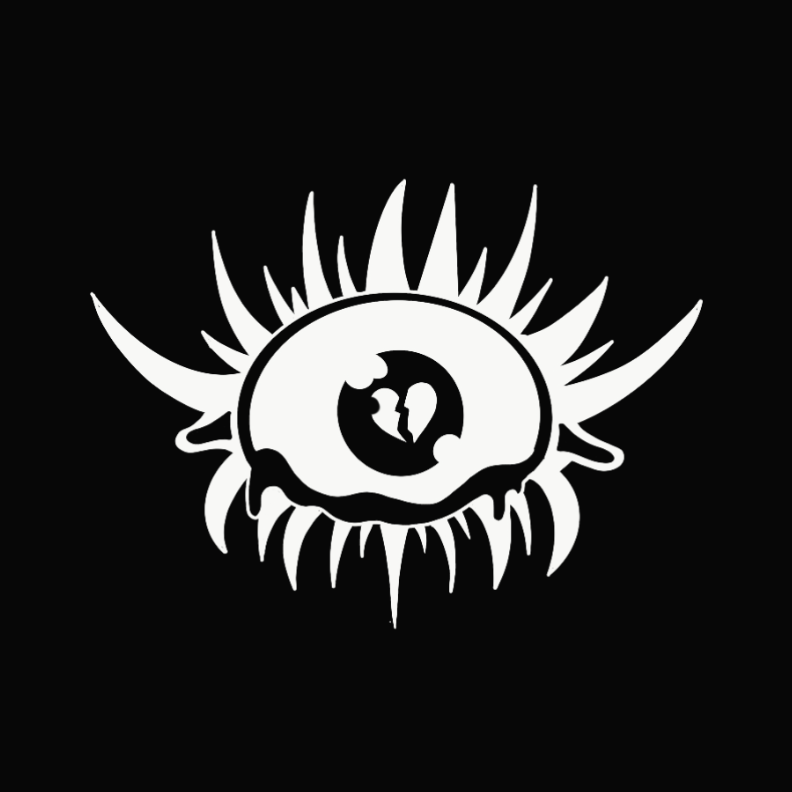How I got into Tattooing
I get asked about my tattoo journey a lot by clients. I never really get tired of talking about it; I consider becoming a tattoo artist to be one of the best things that’s ever happened to me.
I have always wanted to be a professional artist. The only class I didn’t struggle to pay attention to in high school was art class. It’s not always a lucrative job, however. The “starving artist” trope exists for a reason. Artists can be flexible, creative, and bring beauty and meaning into our lives. They can also be flighty, unstable and fiscally irresponsible. Basically everyone I knew warned me against going into art.
“You won’t make any money!” they exclaimed. “Why don’t you just do art as a hobby and get a real job?”
Beyond all the advice, I struggled with imposter syndrome and perfectionism. A dangerous combination. I decided I wasn’t good enough to make it as an artist anyway. So I planned on getting a “real job.” I still wanted to work in the art world, though, and I needed a career path that would get me there while still making money.
Growing up in sunny Los Angeles as a shy teen that didn’t fit traditional LA beauty standards was an isolating experience, and I spent a great deal of time at the Getty Center. It was there I discovered the magical world of art conservation. Cavernous white walled rooms filled with Rembrants, Monets. The glow of the low lighting in the illuminated manuscript room. It seemed like a dream come true, and I was determined to become one of the white-coated angels that glided down those sun-drenched halls caring for old art.
There really isn’t a traditional “path” to art conservation. There’s a masters program you have to attend (of which there are around 4-5 in the whole country.) As for undergrad, I was pretty much on my own when it came to figuring out what to major in. I ultimately decided on Archaeology. It was a good blend of the arts and sciences, I thought, and would prepare me for museum life.
I moved to Eugene, Oregon, and after graduating I worked in Cultural Resource Management (CRM) archaeology for a couple years. I enjoyed the lab work aspects, but field work was dangerous, hard on the body and exhausting. More than that I was subject to a great deal of harassment from the construction workers and other contractors that my company worked with on a daily basis.
Finally, after two years of consistent stress, living out of motels for months at a time in rural areas with nothing around for miles, the toll had finally caught up with me. On one of my rare weekends home, I got out of the shower and noticed that one of my pupils was blown out. Shortly afterwards, I started experiencing heart palpitations, and a numbing of my face that shot down the right side of my body. I felt a stone drop into the pit of my stomach: I was having a stroke.
I called a friend, hysterical, who drove me and my drooping face to the emergency room, during COVID. It was a nightmare. After a 2 1/2 hour wait, they took me back and ran tests, including various motor skills, memory tests and an EKG. Finally, the doctor explained to me that I hadn’t had a stroke- what I was experiencing was called Bell Palsy. A severe panic attack that mimics some of the symptoms of a stroke. It still took me a week for my face to go back to normal. A blessing - sometimes it never goes back to normal at all.
I knew then that I needed to make serious changes in my life. Why was I destroying my body and sanity for a job I didn’t even like? Was becoming an art conservator worth all this stress? If I had to choose between being broke and happy, or well-off and miserable, I would rather be broke.
I quit my job the next day, and went around town asking about tattoo apprenticeships. I knew tattoos were popular, and that we had several tattoo schools in the area. When I was 19 and still living in LA, I had done the rounds of tattoo shops there, but was scared off by the traditional, hyper-masculine shops I went into. I was told by everyone I spoke to that I was either “not hot enough” to attract customers as a female tattoo artist, or that I may be a good fit for that shop because I didn’t “dress like a slut” like those other female artists. It really put me off tattoo culture for a while.
Here in Oregon, however, it was totally different. Oregon has some of the strictest licensing standards in the United States, and requires that apprenticeships come out of an accredited “tattoo school.”
Shops have to get licensed to take on apprentices and teach them a state-mandated curriculum. In this environment, there was no talk about whether I was hot enough to tattoo. Only encouragement and healthy competition with my fellow apprentices.
My apprenticeship took 10 months, and in May I’ll have been licensed for two years. It still feels like a dream, sometimes. I can’t believe I get to wake up every day and do art for a living.
If you take anything away from this, I hope it’s this: don’t let your dreams just be dreams! You’re capable of whatever you put your mind to - You just need to want it badly enough, and sometimes, to wait until the time is right. As much as I sometimes regret not getting into tattooing sooner, I don’t think I would have been half as successful had I done it sooner. I got started exactly when I needed to.

